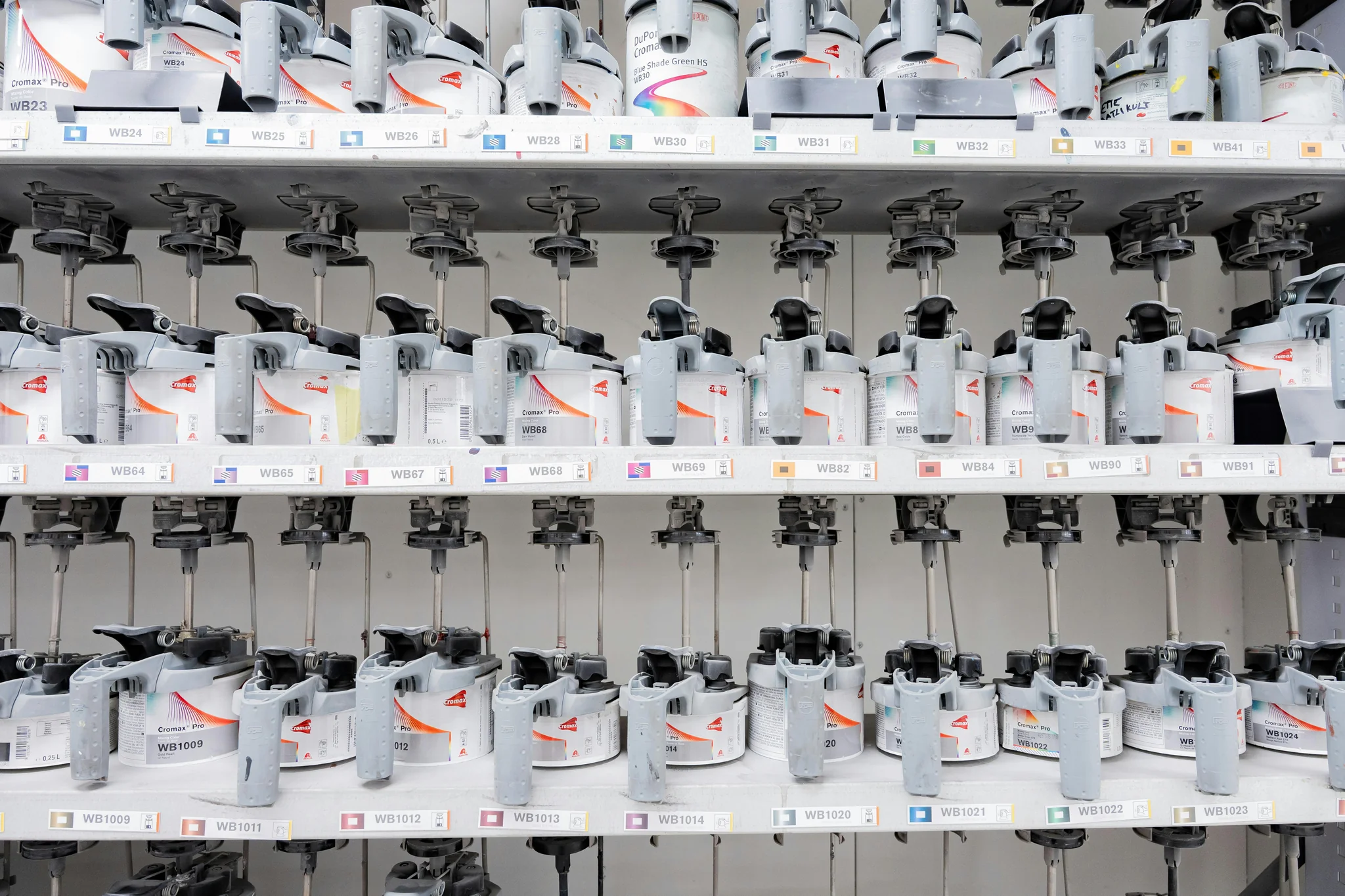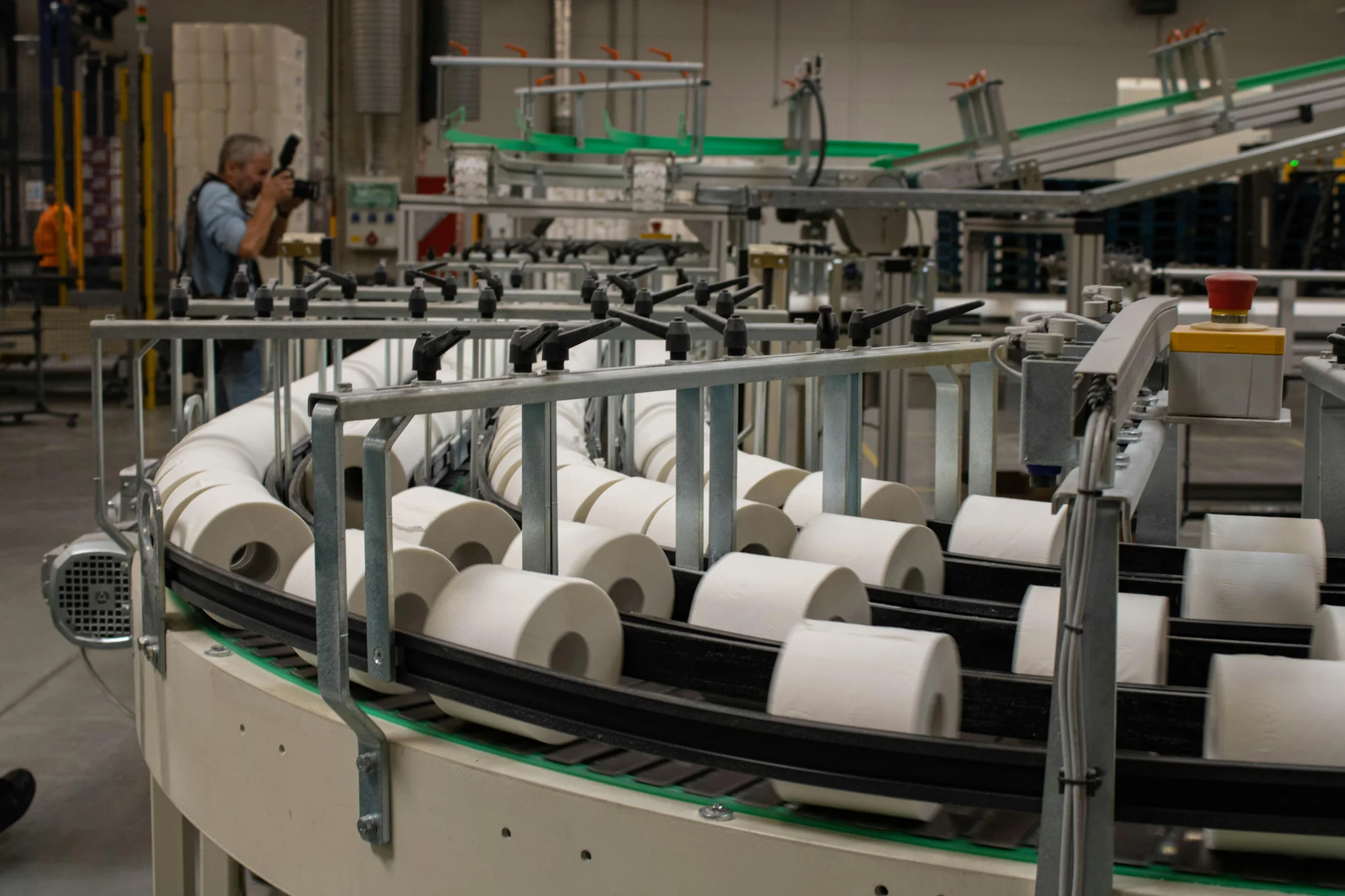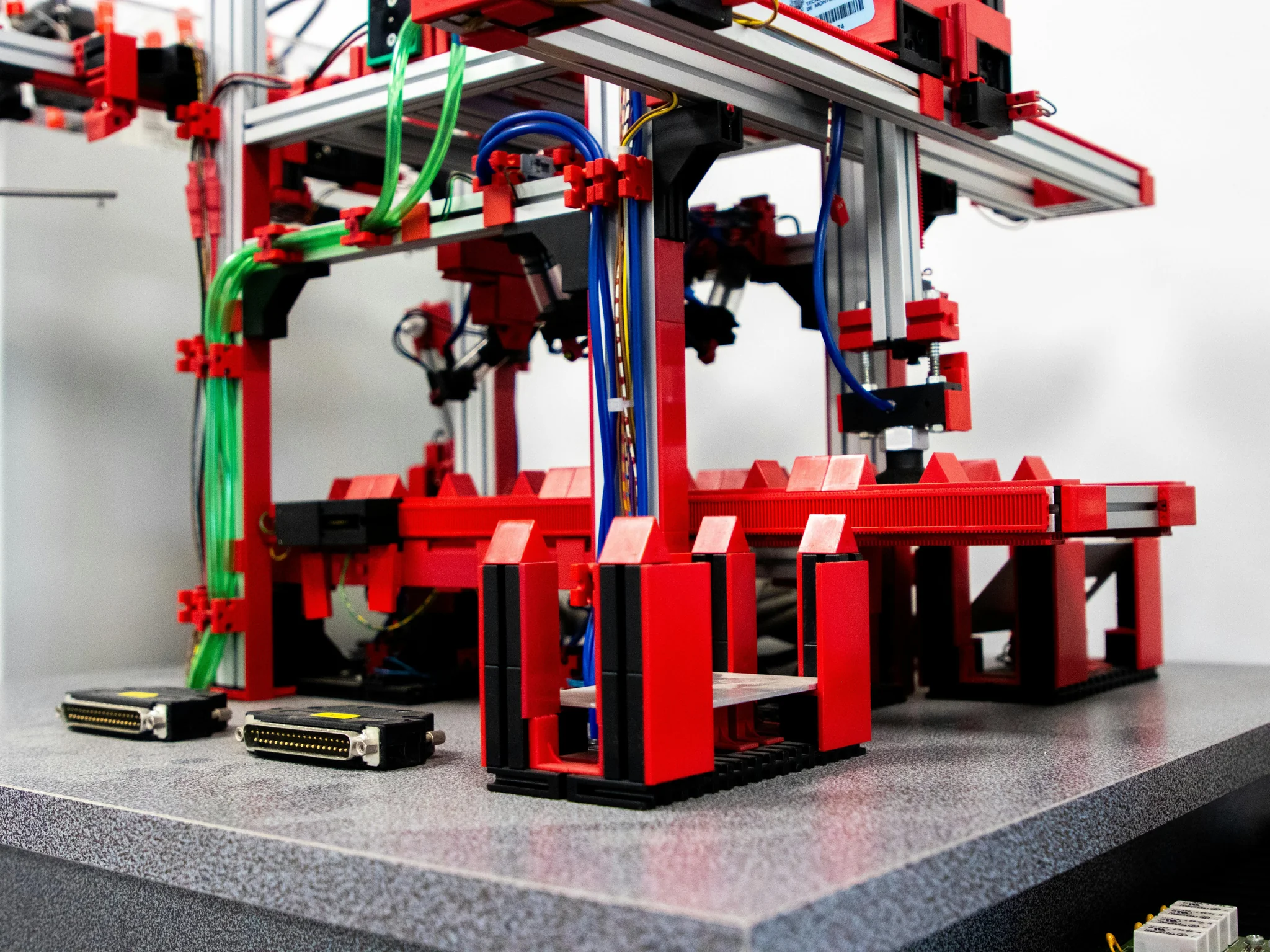How to Build a Content Creation Workflow That Actually Works in 2025
Build a content creation workflow that drives results. Streamline production, boost quality, and scale efficiently in 2025.
Vidione Team

How to Build a Content Creation Workflow That Actually Works in 2025
Build a content creation workflow that drives results. Streamline production, boost quality, and scale efficiently in 2025.

Creating great content is hard. Creating great content consistently? That's even harder. But here's the thing: companies using automated workflows complete operations 10-20x faster than those doing everything manually.
The secret isn't working harder—it's building a content creation workflow that streamlines your entire process. Let's break down exactly how to do it.
What Is a Content Creation Workflow?
A content creation workflow is your roadmap from idea to published content. Think of it like an assembly line for your blog posts, videos, and social media content.
It covers everything: strategic planning, content production, review process, strategic distribution, and measurement. By 2025, creators are increasingly integrating AI platforms and emerging tech into their workflow, making efficiency more critical than ever.
Without a clear workflow, you're just throwing content at the wall. With one, you're building a system that drives measurable results.
Stage 1: Strategic Planning - The Foundation That Changes Everything
Here's what most people get wrong: they jump straight into content creation. Big mistake.
Strategic planning is your bedrock. This means understanding your audience research, aligning with business goals, and mapping out your content strategy before writing a single word.
Build Your Content Calendar
A content calendar keeps your team organized and ensures consistency. Plan your topics weeks or months ahead. This eliminates last-minute scrambling and improves quality.
Your calendar should include:
- Publishing dates and deadlines
- Content pillars (your core themes)
- Topic clusters for SEO
- Assigned team members
- Distribution channels
Establish Editorial Guidelines
Editorial guidelines maintain your brand voice and quality standards. They answer questions like: What tone do we use? How long should posts be? What's our SEO strategy?
91% of businesses report improved visibility into processes after implementing workflow automation. Clear guidelines make this possible.

Stage 2: Streamline Production With Templates and AI
This is where efficiency skyrockets. Templates create a repeatable framework that ensures consistency across all content formats.
Create Your Template Library
Build templates for every content type: blog posts, social media, video scripts, email newsletters. Store them in a centralized location using collaboration tools like Google Docs or Notion.
Good templates include:
- Standard formatting structure
- SEO checklist
- Brand voice examples
- Call-to-action options
Automated workflows enable content to move smoothly from creation to publication, minimizing errors and maximizing efficiency.
Integrate AI Writing Tools (The Smart Way)
AI tools like ChatGPT help with brainstorming, drafting, and optimization. But here's the key: use AI to enhance human creativity, not replace it.
Let AI handle:
- First draft outlines
- Research summaries
- SEO optimization suggestions
- Content repurposing ideas
You handle:
- Strategic direction
- Brand voice refinement
- Creative storytelling
- Final quality control
The combination of AI integration and human expertise creates content that performs better and takes less time to produce.
Stage 3: Fix the Review Bottleneck
The review process kills productivity for most teams. Feedback collection drags on. Turnaround times stretch from days to weeks.
Set Clear Expectations
Define exactly who reviews what and when. Create a review workflow with:
- Specific reviewers for each content type
- Maximum turnaround times (24-48 hours)
- Feedback format standards
- Approval authority
Teams using automation reduce approval bottlenecks from 3-5 days to 8-16 hours.

Use Collaboration Tools Effectively
Stop sending files back and forth via email. Use tools that allow real-time feedback and version tracking. This eliminates confusion and speeds up approvals.
Stage 4: Strategic Distribution - Making Your Content Work
Creating content is only half the battle. Distribution determines whether anyone actually sees it.
Plan Your Multi-Channel Strategy
Your distribution plan should include:
Owned Media:
- Your blog
- Email list
- Company website
Earned Media:
- Social shares
- Media mentions
- Guest posts
- Influencer partnerships
Master Content Repurposing
One piece of content should fuel multiple channels. Turn a blog post into:
- Social media snippets
- Email newsletter content
- Video scripts
- Infographics
- Podcast talking points
Repurposing workflows can increase content mileage by 340%.
Cross-platform publishing with channel-specific optimization ensures maximum reach with minimum additional work.
Stage 5: Measurement - Close the Loop
You can't improve what you don't measure. Performance insights drive continuous improvement.
Focus on Meaningful KPIs
Forget vanity metrics. Track Key Performance Indicators that align with business goals:
Quantitative Data (The "What"):
- Traffic and page views
- Conversion rates
- Engagement rates
- Time on page
Qualitative Data (The "Why"):
- Comments and feedback
- User surveys
- Social media sentiment
- Customer interviews
Conduct Regular Content Audits
60% of organizations achieve ROI within 12 months of implementing workflow automation. Regular audits help you get there faster.
Review your content quarterly. Identify:
- Top performers to replicate
- Underperformers to improve or remove
- Content gaps to fill
- Opportunities for updates
Use reporting dashboards to visualize performance. Analytics should inform every stage of your workflow, creating a continuous improvement cycle.
Automation: The Game-Changer for 2025
92% of executives anticipate implementing AI-enabled automation in workflows by 2025. The question isn't whether to automate—it's what to automate first.
Start with:
- Social media scheduling
- Email distribution
- Performance reporting
- Content calendar updates
- Template deployment
Companies using automation save an average of $46,000 annually. That's budget you can redirect to creating better content.

Common Workflow Mistakes to Avoid
Skipping the Planning Stage: Jumping straight to production creates chaos. Always start with strategy.
Over-Complicating Your First Workflow: Organizations attempting sophisticated automations initially experience 65% failure rates. Start simple. Add complexity gradually.
Ignoring Your Team's Input: The people doing the work know where the problems are. Listen to them.
Not Documenting Your Process: If it's not written down, it's not repeatable. Document everything.
Your Action Plan: Getting Started Today
Ready to build your content creation workflow? Here's your roadmap:
Week 1: Audit your current process. Where are the bottlenecks? What takes too long?
Week 2: Map out your ideal workflow. Include all five stages: planning, production, review, distribution, measurement.
Week 3: Create your first templates and set up collaboration tools.
Week 4: Test your new workflow with a single content piece. Gather feedback and refine.
Remember: productivity comes from systems, not superhuman effort. Your goal is a workflow that makes great content creation efficient, consistent, and scalable.
Ready to Transform Your Content Strategy?
Building an effective content creation workflow takes time, but the payoff is massive. Average productivity increases of 25-30% in automated processes means you'll create more content, at higher quality, in less time.
The content landscape is evolving fast. Creators who thrive in 2025 will be those who embrace change, use AI to enhance creativity, and build efficient systems.

Want to take your content workflow to the next level? Visit Vidione.com to discover powerful tools and strategies that streamline your entire content creation process. Our platform helps teams build workflows that actually work—so you can focus on what matters: creating content your audience loves.
Start your free trial today and see how the right workflow transforms your productivity.
More Articles
Create Comedy Videos That People Cannot Stop Sharing
Master the art of funny video content with these proven techniques for writing, filming, and editing comedy.
AI Makes Anime Video Creation Accessible to Everyone
Discover how AI tools let you create DragonBall-style videos without animation skills or expensive software.